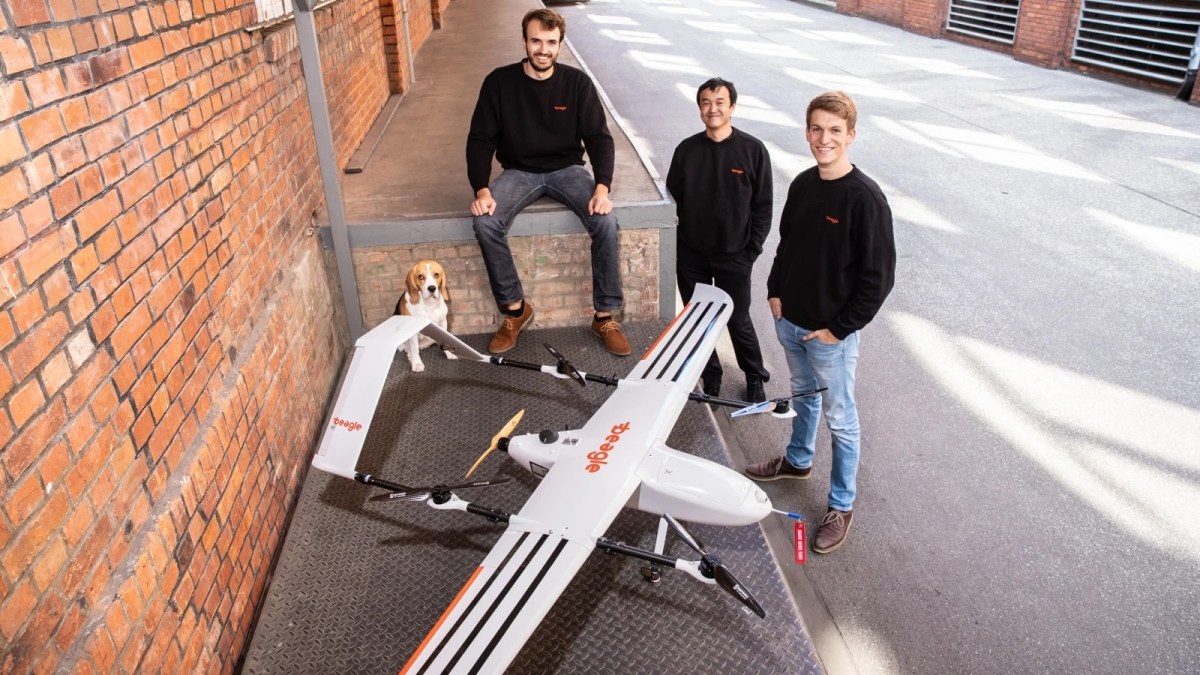Beagle Unveils Versatile Long-Range Drone: Multi-Application Innovations for Every Need
In recent years, the use of drones for energy infrastructure inspections has gained traction, especially as traditional methods can be costly and time-consuming. A new player in the market, Beagle, is changing the game with its innovative long-range drones designed to inspect energy assets, such as electricity pylons and gas pipelines, effectively and efficiently.
Beagle’s Innovative Drone Technology
Based in Hamburg, Germany, Beagle has developed advanced drones that capture essential data about energy infrastructure. The company has successfully raised €5 million in seed funding, co-led by AENU and PT1, following a previous €1.9 million in pre-seed funding and €2 million in grants and subsidies.
Development and Operations
Co-founder Oliver Lichtenstein shared that the team dedicated five years to perfecting what they refer to as a “computer with wings.” This technology adheres to strict EU airspace regulations for long-range flights and operates autonomously, allowing the drone to launch from its housing without on-site personnel.
“Our customers pay us for the data by the kilometer of pipeline,” Lichtenstein explained in an email. “We’re currently cash flow positive in Germany and plan to use this funding to accelerate our growth.”
How Beagle’s Drone Works
The operational process is straightforward:
- An operator submits geo data of their energy grid to Beagle.
- Beagle provides a quote based on a per-kilometer price for their services, which include methane detection and hazard detection.
Competitive Landscape
While Beagle faces competition from companies like Intero and Nearmap, it boasts several advantages:
- 75 times the resolution of satellites
- Lower costs compared to traditional aircraft
- Reduced emissions
- Permission to conduct long-range flights repeatedly
Additionally, being a “Fully EU” solution ensures that Beagle maintains control over its data and software, a significant advantage in today’s geopolitical climate.
Market Potential and Future Applications
The market for energy infrastructure inspection in the EU is substantial, valued at €2 billion, especially as EU regulations require methane emission tracking. Similar regulations are expected to emerge in the U.S. in the near future.
Although Beagle is currently focusing on civilian applications, PT1 managing partner Nikolas Samios noted that the technology has broader implications. “In a world where critical infrastructure is being attacked, real-time surveillance of energy lines and telecommunications is vital,” he stated.
The Team Behind Beagle
Oliver Lichtenstein, who previously worked on the drone advisory board for the German Ministry of Transport, is joined by a talented team, including robotics engineer Jerry Tang and former head of Sales DACH for Trustpilot, Bendix Böttger. Their combined expertise enhances Beagle’s innovative approach to drone technology.
For more information on drone technology and energy infrastructure, visit [EU Drone Regulations](https://www.eudroneregulations.com) or check out our article on [Drones in Energy Sector](https://www.yourwebsite.com/drones-in-energy-sector).







